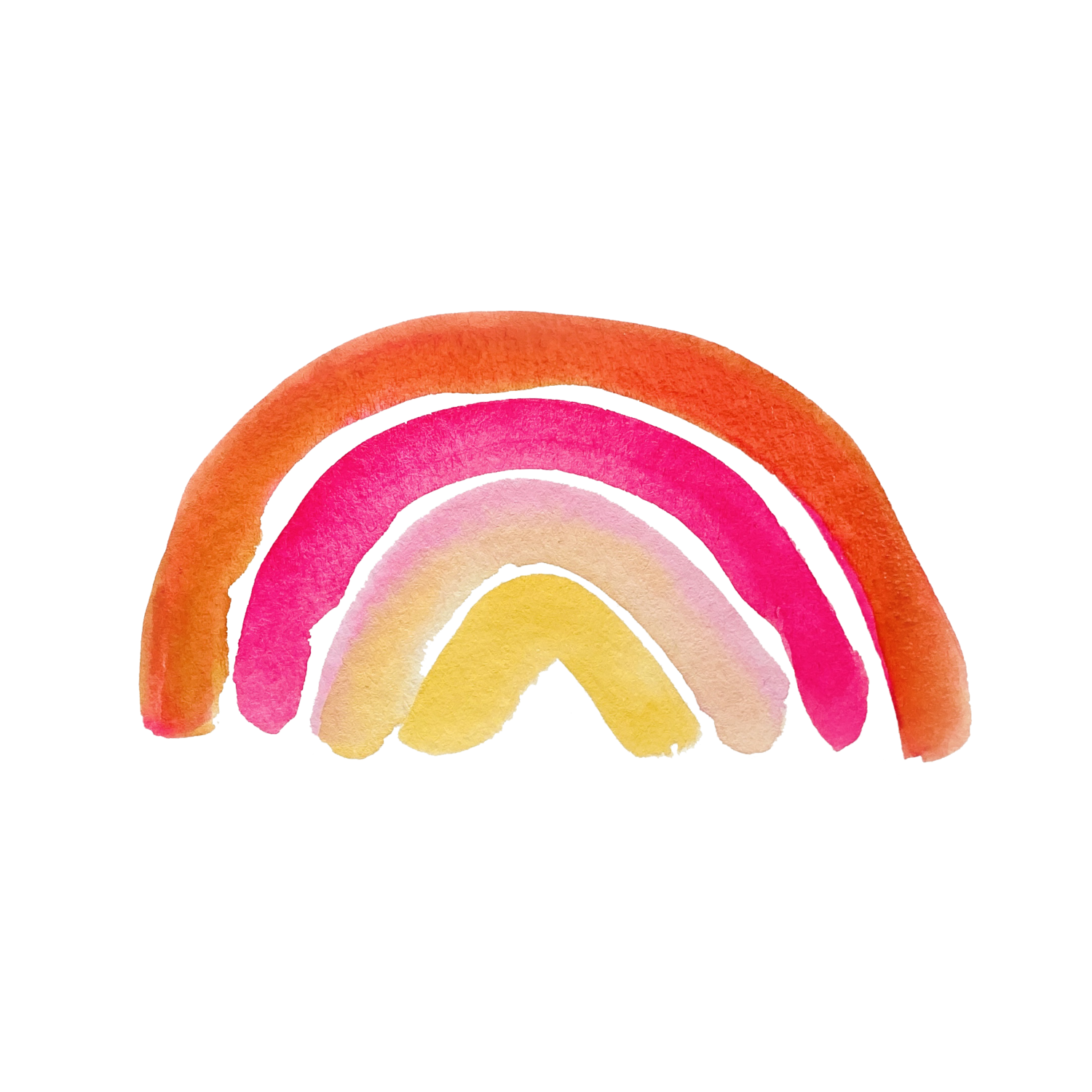How to Paint Daisies with Gouache (April Flowers)
Do you want to learn more about gouache? I’m going to be expanding my series of gouache videos to show the basics of how to use this medium. Gouache gained popularity in the past few years as illustrators on Youtube have popularized the medium. You can even find gouache brushes for iPad. However, gouache has been around for more than a hundred years. It’s opaque quality made it great for underpaintings in the late 1800’s and popular for graphic designers early in the 20th century. Today, people are painting everything with gouache.
Gouache is one of my favorite mediums to use with watercolor paper. A lot of artists dislike gouache because colors dry a different color from what you see when you’re painting. Yet, it feels a lot like oil paints.
In this freestyle painting, I chose to work on dark paint. I began with a dark green layer of paint, allowed it to dry, and then layered white white, yellow, and light green colors over the dark areas. You can see more videos of how I do this on my Instagram reels.
Steps for painting daisies with gouache
Daisies are a white flower. Painting them can be quite a challenge at times. You have to think about the color of the background. The darker the colors behind the flower, the more the petals will stand out. I began this painting with a deep permanent green background. Then I formed the parts of the flower that I wanted the light to show. The effect that you can achieve with gouache is quite dramatic and can be achieved through brush strokes. Towards the end of the video I show you how using a flat tip brush can really give a nice texture to your painting.
Here are a few tips I would recommend for any beginner who wants to try out gouache.
Know your consistency.
Gouache is all about learning how much water is too much water. With watercolor painting the technique is a little different. If you water down your gouache too much, it will thin out like watercolor paints. Then you won’t be able to layer. Each layer reactivates when you paint over it. That means if you add thin layers of gouache it will lift even when dried. Your painting will look messy and muddy.
Keep your colors simple.
I think the most successful gouache paintings are ones that use less colors. This is because the colors dry a different color. If you use too many colors the painting gets chaotic as each shade will vary even within a color family.
Pick the right gouache.
Cheap gouache will get you an unprofessional product. I dissagree with most artists that you don’t need expensive tools to make great art. There is some gouache that is absolute garbage. I won’t name brands, but you get the point. Professional gouache will always look cleaner.
Bonus tip : blend, blend, and blend while paints are still wet!
These are just a few tips if you’re working with gouache and you want to create something similar to the above. If you’re interested in watching the video where I show you how I do a daisy gouache painting, then check out the video on my YouTube channel.
You can also download the reference image I am using to paint this landscape on round watercolor paper here.


